What is the risk that modern civilization will perish?

At its peak, 30% of the world's population lived in the Roman Empire, and its citizens enjoyed a rich and advanced life that put modern people to shame, but it gradually declined and eventually collapsed. Whether modern civilization, which is developing like never before due to global ties, will follow the same fate as numerous civilizations that have flourished and then perished, and whether modern civilization has been devastated by nuclear war and pandemics.
Is Civilization on the Brink of Collapse? And Could We Recover?-YouTube
The Roman Empire built an era of prosperity and stability called ' Pax Romana ', and the capital, Rome, became the first large city in human history with a population of 1 million people, but it was destroyed due to political turmoil and foreign enemies. .

According to Kurzgesagt, virtually every civilization ends in 340 years on average.
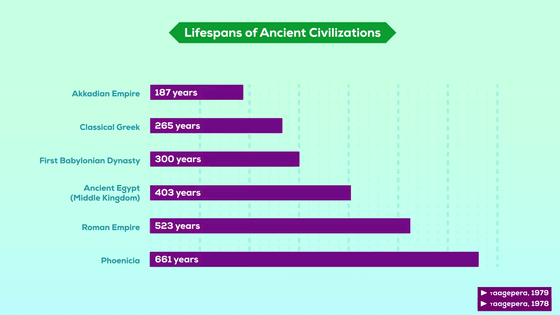
When civilization collapses, knowledge is lost, living standards fall, violence increases, and population declines.

For example, in the Roman Empire, water supply and sewerage were laid and concrete buildings were built, but Europeans forgot how to make water networks and concrete.

On the other hand, modern people's lives are supported by advanced industrial technology, and billions of people are fed by high-yield crops, chemical fertilizers, and efficient machinery through selective breeding.

In some ways, this globalized modern civilization is more fragile than the civilizations of the past.

This is because most of the population will die if industrial technology cannot be maintained. Furthermore, if the collapse is too rapid and destructive, there is a risk of complete loss of technology and a return to primitive times.

That said, Kurzgesagt doesn't think there will be that much of a collapse. One reason is that, while civilization collapses occur regularly, no catastrophe has ever killed more than 10% of the population.

For example, the Black Death that struck Europe and the Middle East in the 14th century killed one-third of Europeans and one-tenth of the world's population.
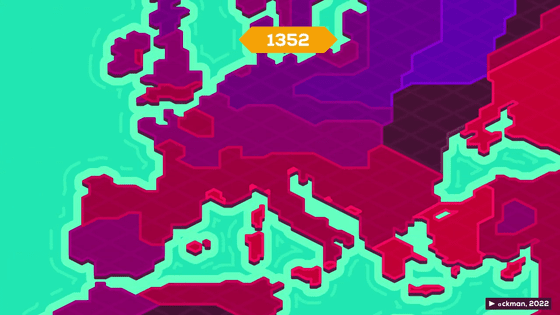
While this devastated European society in the short term, it had little effect on long-term European development, with population recovering within two centuries. And Europe will develop greatly with the industrial revolution.
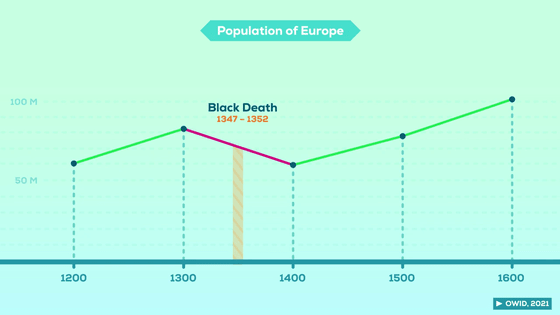
Another example of human resilience Kurzgesagt cites is the atomic bombing of Hiroshima and Nagasaki during World War II.
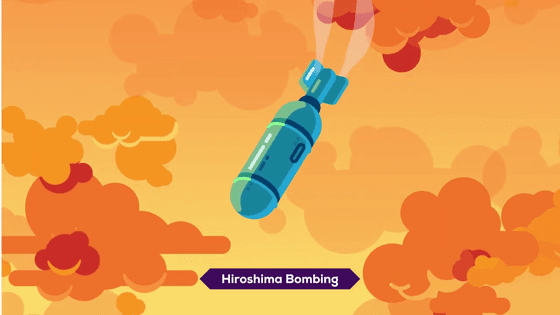
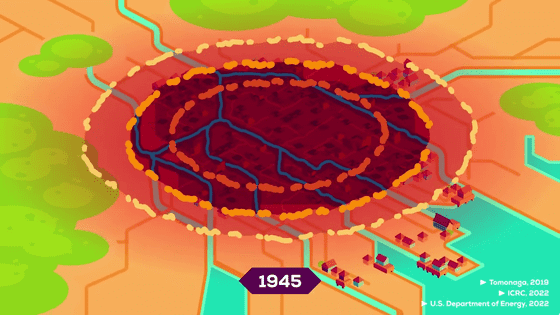
However, Hiroshima's population recovered within 10 years after that, and by 2022 it has developed into a city with a population of approximately 1.2 million.
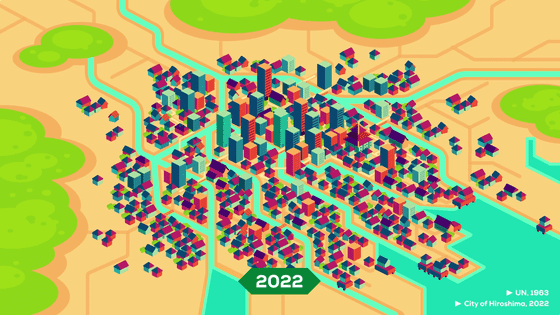
Of course, there are some differences between the past and the present. With the development of technology, it has become possible to create viruses that have both the infectivity of coronavirus and the lethality of Ebola virus, so if a pandemic occurs due to these, the damage will be enormous.

Also, since nuclear bombs are far more powerful than they were during World War II, it is

On the other hand, the development of technology has also led to human resilience. Through selective breeding, corn has become ten times larger than its wild ancestors, and tomatoes, which used to be the size of a bean, are now growing in abundance.

There are 1 billion farmers in the world, so even if the world's population were reduced to 80 million, survivors would be able to inherit farming techniques.
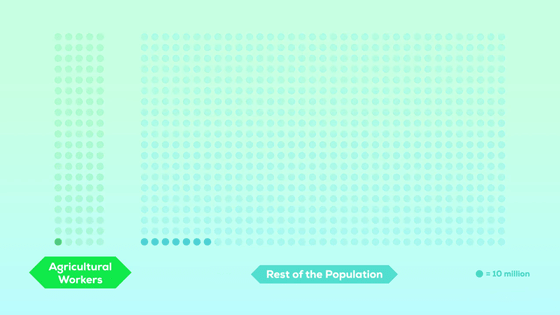
It is also true that everything cannot be left as it is. In particular, the high-tech industry needs interconnected supply chains across continents, so if these are lost, it will be impossible to maintain.

However, given that the Industrial Revolution occurred 12,000 years after the Agricultural Revolution, it is not so difficult in the long run to regain industrial technology after a large-scale collapse, Kurzgesagt points out. .

After the collapse of modern civilization, mankind needs energy. Coal, in particular, was easily mined and used, literally driving the industrial revolution.

Even today, coal is used for thermal power generation and heating, but if coal is used up, not only will climate change accelerate, but the next generation of humanity will not be able to redo the industrial revolution using coal. increase. Therefore, Kurzgesagt advocates that 'coal should be kept as insurance.'

In addition, it is possible to leave the knowledge necessary for reconstruction to the next generation. Certainly, data stored in hard disk drives in data centers will become inaccessible with the crisis of civilization.

However, much of the knowledge stored in the world's 2.6 million libraries is believed to survive catastrophes.

Survivors can also unearth machines from previous civilizations and reverse-engineer them to regain some of their technology.

From this point of view, Kurzgesagt says, ``Mankind has an amazing resilience, so even if a global civilization collapse occurs that wipes out many people, it has the potential to recover. and dangerous pandemics that threaten our great civilizations, and the good news is that we still have time to prepare for them and mitigate their impact. We have to put it into action,” he concluded.

Related Posts:
in Video, Posted by log1l_ks







